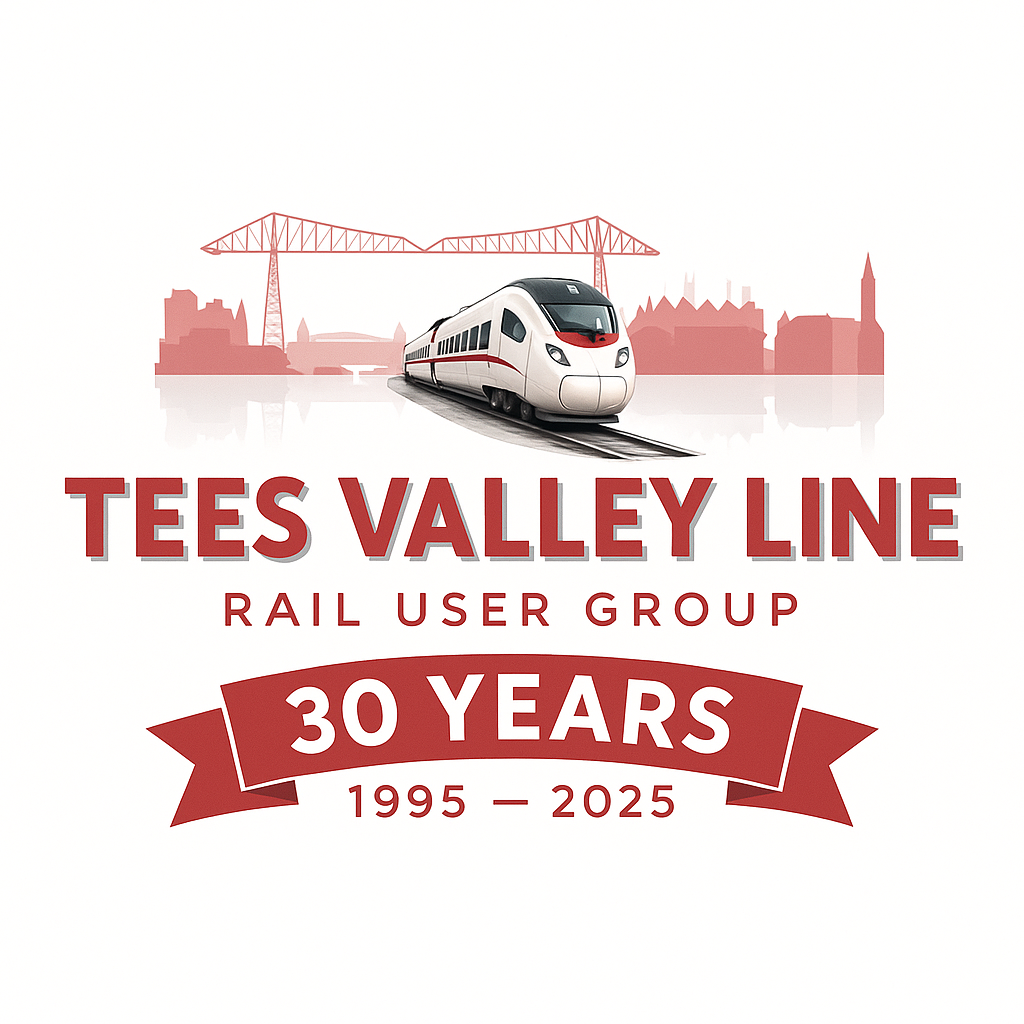
The Tees Valley Line serves as a crucial artery for both local communities and businesses, fundamentally shaping life in the region. As an essential transportation link, it connects towns and cities while fostering a sense of unity and accessibility for residents. Understanding the significance of this rail line goes beyond mere logistics; it's about grasping how it enhances community interaction, promotes economic activity, and ultimately enriches the lives of those who live and work in the area.
In this blog post, we will explore the multifaceted impact of the Tees Valley Line, delving into its role as a catalyst for economic growth and regional development. We will highlight how this vital transportation link bridges gaps for individuals seeking opportunities, while also providing businesses with the connectivity they need to thrive. Join us as we examine why the Tees Valley Line matters not just as a transit option, but as a cornerstone of prosperity for the communities it serves.
Understanding the impact of the Tees Valley Line on local communities
The Tees Valley Line serves as a vital connection for local communities, providing accessible transportation that enhances everyday travel. It links towns and cities across the Tees Valley, enabling residents to easily commute for work, education, and leisure activities. This convenience fosters a sense of belonging and interconnectedness among people living in these areas, which ultimately strengthens community relationships and social cohesion. By facilitating movement, the Tees Valley Line encourages residents to explore nearby locations, attend local events, and support small businesses.
Moreover, the Tees Valley Line plays a crucial role in promoting inclusivity within the community. It offers reliable transport options for individuals who may not have access to private vehicles, ensuring that everyone can participate in the regional economy. This increased accessibility allows for greater participation in community programs and events, leading to a more engaged and informed citizenry. As communities grow and diversify, the Tees Valley Line remains an essential component in creating opportunities for all, driving forward a more vibrant and resilient local culture.
Boosting economic growth: How the Tees Valley Line supports businesses
The Tees Valley Line serves as a critical artery for economic activity in the region. By providing efficient and reliable transportation options, it enables local businesses to access a broader customer base and talent pool. Companies can easily transport goods and services, ensuring timely delivery and boosting operational efficiencies. Moreover, businesses in the Tees Valley can attract skilled workers from surrounding areas, significantly enhancing workforce diversity and expertise. The line not only facilitates local commerce but also invites investment from outside the region, creating a ripple effect that stimulates further economic development.
In addition to enhancing connectivity, the Tees Valley Line plays a pivotal role in supporting small and medium-sized enterprises (SMEs). Many SMEs thrive on the ability to reach customers quickly and conveniently, and the line helps bridge geographical gaps. By linking towns and cities, businesses gain visibility and opportunities for collaboration. In particular, sectors like tourism and hospitality benefit enormously, as easier travel means more visitors can explore the local offerings. As more businesses leverage the advantages of the Tees Valley Line, the economic landscape continues to evolve, making the region a thriving hub of activity and growth.
Connecting people and opportunities: The vital role of the Tees Valley Line in regional development
The Tees Valley Line acts as a crucial artery, linking towns and cities within the region, thus fostering social and economic interactions. By providing a reliable and efficient mode of transportation, it empowers residents to access employment opportunities, educational institutions, and vital services beyond their immediate surroundings. Notably, the convenience of train travel encourages people from neighboring areas to visit the Tees Valley, enriching the local culture and fostering community ties. This connective aspect of the line promotes a vibrant local identity, making the area more appealing to both residents and visitors alike.
Moreover, the Tees Valley Line enhances regional development by attracting investment and encouraging businesses to establish themselves in connected locales. As commuting becomes more feasible, companies are drawn to the convenience of transporting goods and accessing talent from a wider labor pool. The improved transportation infrastructure also contributes to creating a sustainable environment, reducing reliance on personal vehicles. Consequently, the interplay between the Tees Valley Line and economic development cultivates a thriving ecosystem where local businesses flourish, creating jobs and stimulating growth throughout the region.
